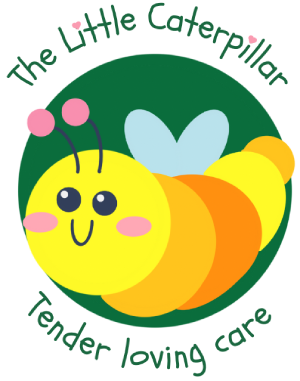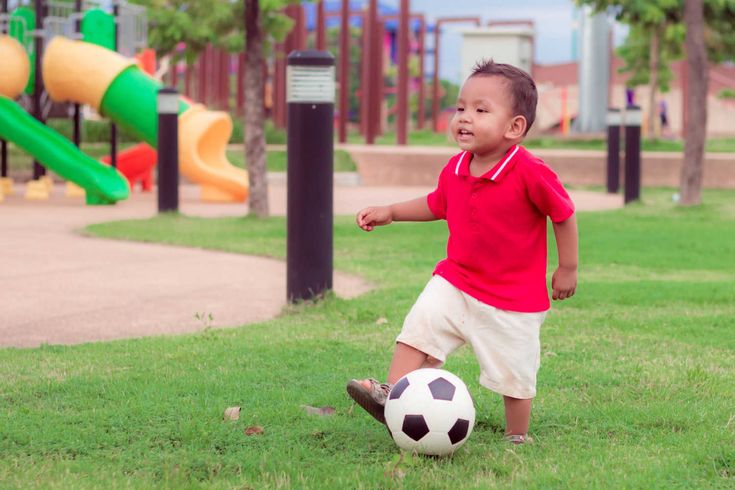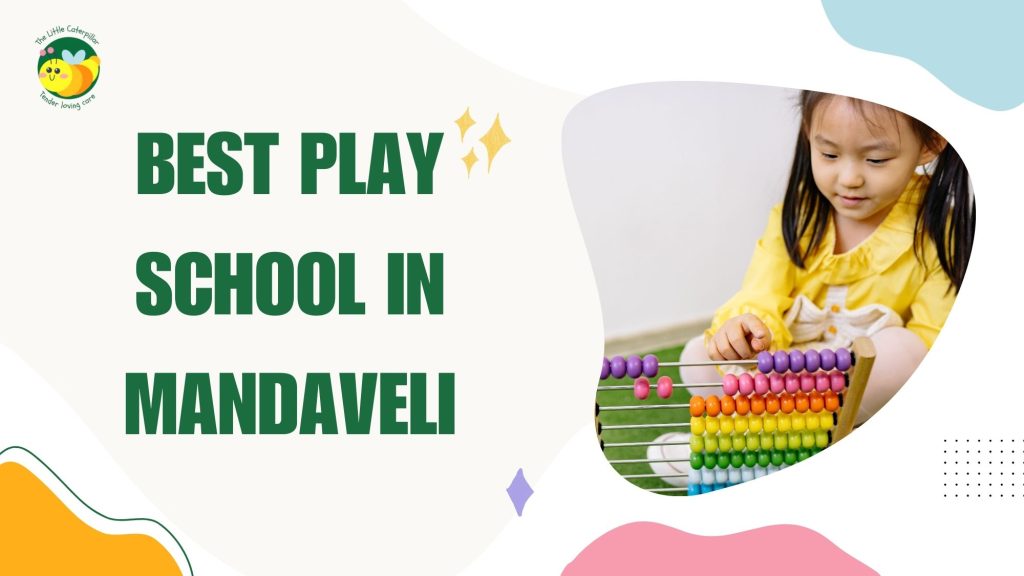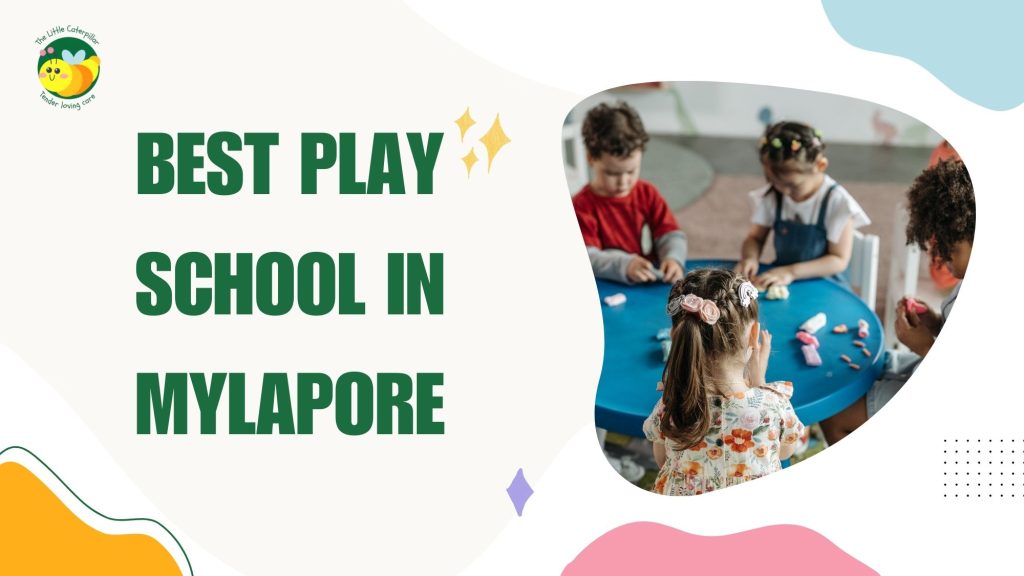Table of Contents
Nurturing Young Minds Through Art and Creativity in Reggio Emilia
The early years of a child’s life are crucial for cognitive, emotional, and social development. One of the most effective ways to foster growth in these areas is through artistic expression. The Little Caterpillar Playschool in Chennai, founded by experienced art teacher Nikita Viswanath, is a shining example of how art and creativity can be seamlessly integrated into early childhood education.
Inspired by the philosophies of Reggio Emilia and Montessori, this playschool caters to children aged 1.5 to 4 years, focusing on a child-centered, exploratory learning approach.
In this blog, we will explore how The Little Caterpillar leverages the Art and Creativity in Reggio Emilia philosophy to nurture creativity and imagination, setting a strong foundation for lifelong learning.
Understanding the Reggio Emilia Philosophy and Its Impact on Art Education
Originating in Reggio Emilia, Italy, this approach to early childhood education emphasizes child-led learning, with art playing a central role in the developmental process. The key principles include:
- Child-Centered Learning: Every child is seen as capable, intelligent, and resourceful, actively participating in their learning journey.
- The Hundred Languages of Children: Expression goes beyond verbal communication; children use drawing, painting, music, movement, and dramatic play to convey thoughts and emotions.
- The Environment as the Third Teacher: The learning space is intentionally designed to be aesthetically pleasing and engaging, encouraging exploration and artistic creativity.
At The Little Caterpillar, these principles come to life through thoughtfully designed activities that stimulate children’s curiosity and imagination.
How The Little Caterpillar Integrates Art and Creativity in Early Learning
1. Art as a Daily Practice
Unlike conventional preschools where art is a separate activity, The Little Caterpillar incorporates it into daily routines. Children engage with different art forms, including:
- Painting: Finger painting, watercolors, and brush techniques help improve fine motor skills and visual expression.
- Clay and Sculpting: Molding clay encourages sensory exploration, strengthens fine motor coordination, and allows for three-dimensional artistic representation.
- Collage Making: Using recycled materials, leaves, flowers, and textiles to create art fosters environmental awareness and creativity.
- Color Exploration: Children learn about color mixing, light, and shadow play, and how different colors evoke emotions and ideas.
By making art an everyday experience, children develop problem-solving skills and the confidence to express their unique ideas.
2. Project-Based Learning to Encourage Deep Thinking
One of the standout features of the Reggio Emilia approach is project-based learning. Instead of rigid lesson plans, teachers at The Little Caterpillar design projects based on children’s interests. For instance:
- “Underwater World” Project: Inspired by children’s curiosity about the ocean, they create paper-mâché fish, paint sea creatures, and design an ocean mural.
- “Seasons and Nature” Exploration: Kids gather leaves and flowers from the play area to create seasonal art, learning about nature through hands-on activities.
- “Self-Portraits” Project: Toddlers use mirrors to observe themselves and then create self-portraits, helping with self-identity and emotional expression.
- “Space and the Universe” Project: Children explore planets, stars, and the solar system through paintings, model-making, and storytelling.
These projects enhance creativity, critical thinking, and collaboration among young learners.
3. Documentation and Reflection: Making Learning Visible
The Reggio Emilia philosophy emphasizes documenting children’s progress through:
- Photographs and Videos: Capturing moments of artistic expression.
- Artwork Displays: Showcasing children’s work throughout the playschool to celebrate their creativity.
- Children’s Quotes: Teachers note down what children say about their artwork, making their learning journey visible to parents and the community.
- Observation Journals: Educators document how each child approaches art and their creative progress over time.
This practice not only boosts children’s confidence but also helps parents appreciate their child’s artistic growth.
4. The Role of the Art Teacher: Bringing Expertise and Passion
As an experienced art educator, Nikita Viswanath plays a crucial role in integrating art into early learning. Her expertise enables:
- The introduction of new art techniques tailored for young learners.
- The creation of inclusive activities suitable for different learning styles.
- An environment that values process over product, ensuring children feel free to explore their artistic abilities without fear of judgment.
- Incorporation of storytelling in art, allowing children to connect emotionally with their artwork.
The Educational Benefits of Art in Early Childhood
1. Cognitive Development
Engaging in artistic activities strengthens:
- Problem-solving skills through experimentation with materials and techniques.
- Spatial awareness by working on proportions, patterns, and designs.
- Memory and recall abilities when children associate colors, shapes, and emotions with their artwork.
- Mathematical thinking through symmetrical designs, patterns, and size comparison in artwork.
2. Emotional Expression and Mental Well-being
Art serves as a non-verbal way for toddlers to express their feelings.
- Drawing and painting provide emotional relief, helping children communicate joy, fear, or curiosity.
- Sculpting and mixed-media projects enhance patience and focus, contributing to emotional resilience.
- Storytelling through visual art enables children to express complex emotions and ideas that they may struggle to put into words.
3. Social Interaction and Communication Skills
Group art projects encourage:
- Teamwork and cooperation as children share materials and exchange ideas.
- Conflict resolution when deciding on designs and approaches.
- Storytelling through art helps with language development and confidence.
- Cultural appreciation by exploring traditional art forms from different regions and backgrounds.
4. Sensory and Motor Skill Development
- Using crayons, paintbrushes, and scissors improves fine motor skills.
- Touching different textures (clay, paper, fabric) enhances sensory perception.
- Engaging in movement-based art like dance and dramatization boosts gross motor coordination.
To know about : Nurturing Language Development and Cultural Understanding
The Role of Music and Movement in Art Expression
At The Little Caterpillar, artistic expression extends beyond visual art. Music and movement are incorporated into learning experiences, allowing children to explore rhythm, dance, and performance arts. These activities include:
- Rhythmic Painting: Children listen to music and paint based on the emotions and tempo they hear.
- Dance Interpretation: Expressing stories and themes through dance movements.
- Instrumental Exploration: Introducing simple percussion instruments to encourage sound-based creativity.
Fostering a Lifelong Love for Creativity
The Little Caterpillar Playschool is dedicated to nurturing creativity and imagination in young children. By adopting the Reggio Emilia approach, the school ensures that each child receives a holistic education that prioritizes self-expression, exploration, and artistic growth.
Are you ready to give your child a creative and enriching early learning experience?
The Little Caterpillar Playschool can help your child develop essential skills through art and play. Contact us today to learn more about our programs and schedule a visit.



